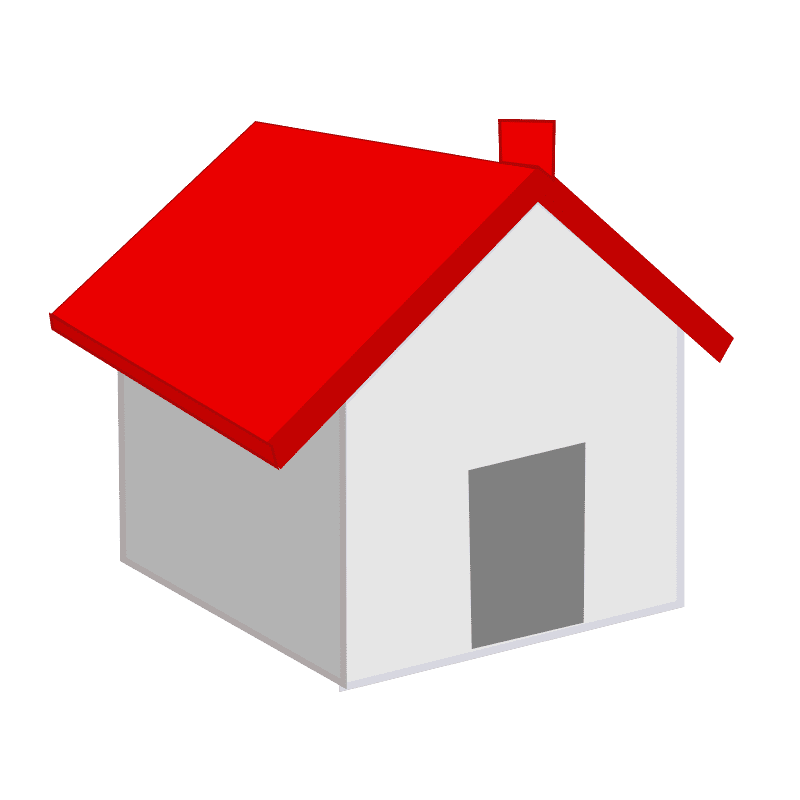CrowView Note, the Portable Monitor/Laptop, Gets a Big Upgrade
 In the market for a dumb laptop? Not the gobbldey-gook junk kind that litter Amazon with fanciful discounts off pretend RRPs. I mean a laptop that is all shell, no brain. The CrowView Note from Elecrow is a portable monitor in the form of a laptop. It has a keyboard, touchpad, speakers, USB ports and an internal battery. If you’ve been around tech a while you’ll recall the NexDock pioneered this concept. With no CPU, RAM, or hard drive, you supply the brains by connecting a phone, tablet, laptop, games console, or single board computer. Elecrow is a brand known […]
In the market for a dumb laptop? Not the gobbldey-gook junk kind that litter Amazon with fanciful discounts off pretend RRPs. I mean a laptop that is all shell, no brain. The CrowView Note from Elecrow is a portable monitor in the form of a laptop. It has a keyboard, touchpad, speakers, USB ports and an internal battery. If you’ve been around tech a while you’ll recall the NexDock pioneered this concept. With no CPU, RAM, or hard drive, you supply the brains by connecting a phone, tablet, laptop, games console, or single board computer. Elecrow is a brand known […]
You're reading CrowView Note, the Portable Monitor/Laptop, Gets a Big Upgrade, a blog post from OMG! Ubuntu. Do not reproduce elsewhere without permission.

 If you use Flathub on Ubuntu you likely already use (or at least know of) Bazaar, a GTK4/libadwaita frontend that makes it trivial to search, manage and update Flatpak apps from this popular repo. Bazaar gets updated frequently (I’ve covered some updates in my monthly Linux App Release Roundup series). In the past few weeks the app has been update with further improvements, features and design tweaks. Chief among them, a new app icon. I know everyone cares about icons as much as I do, but a well designed icon with a clear metaphor (and, ideally, some colour to keep […]
If you use Flathub on Ubuntu you likely already use (or at least know of) Bazaar, a GTK4/libadwaita frontend that makes it trivial to search, manage and update Flatpak apps from this popular repo. Bazaar gets updated frequently (I’ve covered some updates in my monthly Linux App Release Roundup series). In the past few weeks the app has been update with further improvements, features and design tweaks. Chief among them, a new app icon. I know everyone cares about icons as much as I do, but a well designed icon with a clear metaphor (and, ideally, some colour to keep […] Dell revives XPS brand with redesigned 14 and 16-inch laptops. Ubuntu 24.04 support coming to XPS 14 later this year. Details and specs inside.
Dell revives XPS brand with redesigned 14 and 16-inch laptops. Ubuntu 24.04 support coming to XPS 14 later this year. Details and specs inside.  It’s fair to say that 2025 delivered plenty of wins for Ubuntu and the wider Linux ecosystem. Wayland is no longer “on the way”, but settled in and feeling comfortable (for most of us); gaming on Linux is practically mainstream at this point (thanks to Valve); and Ubuntu’s desktop team continued to think big with app/tooling changes, encryption focus, and more. Still, one shouldn’t lose sight of how far things have come already. In a chronically online world, attention is forever fixated on what’s new, what’s next, and (outrage industrial complex) what is the absolute worst. Mindfulness isn’t a meme; […]
It’s fair to say that 2025 delivered plenty of wins for Ubuntu and the wider Linux ecosystem. Wayland is no longer “on the way”, but settled in and feeling comfortable (for most of us); gaming on Linux is practically mainstream at this point (thanks to Valve); and Ubuntu’s desktop team continued to think big with app/tooling changes, encryption focus, and more. Still, one shouldn’t lose sight of how far things have come already. In a chronically online world, attention is forever fixated on what’s new, what’s next, and (outrage industrial complex) what is the absolute worst. Mindfulness isn’t a meme; […] Got time for a final blast through smaller Linux app updates to round out 2025? There will be plenty of big new releases to look forward to in 2026, no doubt. But before we race head on in to another year, I wanted to give one last glance back at software updates that landed in December but which, as ever, I didn’t give a full article to… …But didn’t want to leave out either. Clapper 0.10.0 Clapper media player hit 0.10.0 this month, continuing to expand its “enhancer plugin system”. MPRIS, Server, and Discoverer features are now enhancer plugins. A […]
Got time for a final blast through smaller Linux app updates to round out 2025? There will be plenty of big new releases to look forward to in 2026, no doubt. But before we race head on in to another year, I wanted to give one last glance back at software updates that landed in December but which, as ever, I didn’t give a full article to… …But didn’t want to leave out either. Clapper 0.10.0 Clapper media player hit 0.10.0 this month, continuing to expand its “enhancer plugin system”. MPRIS, Server, and Discoverer features are now enhancer plugins. A […]